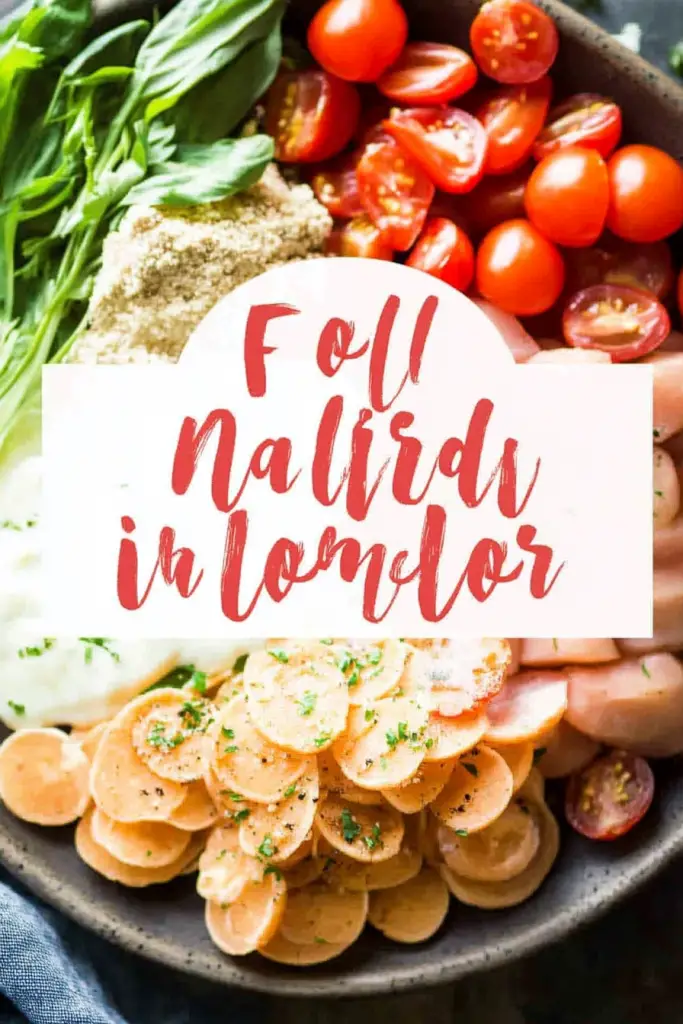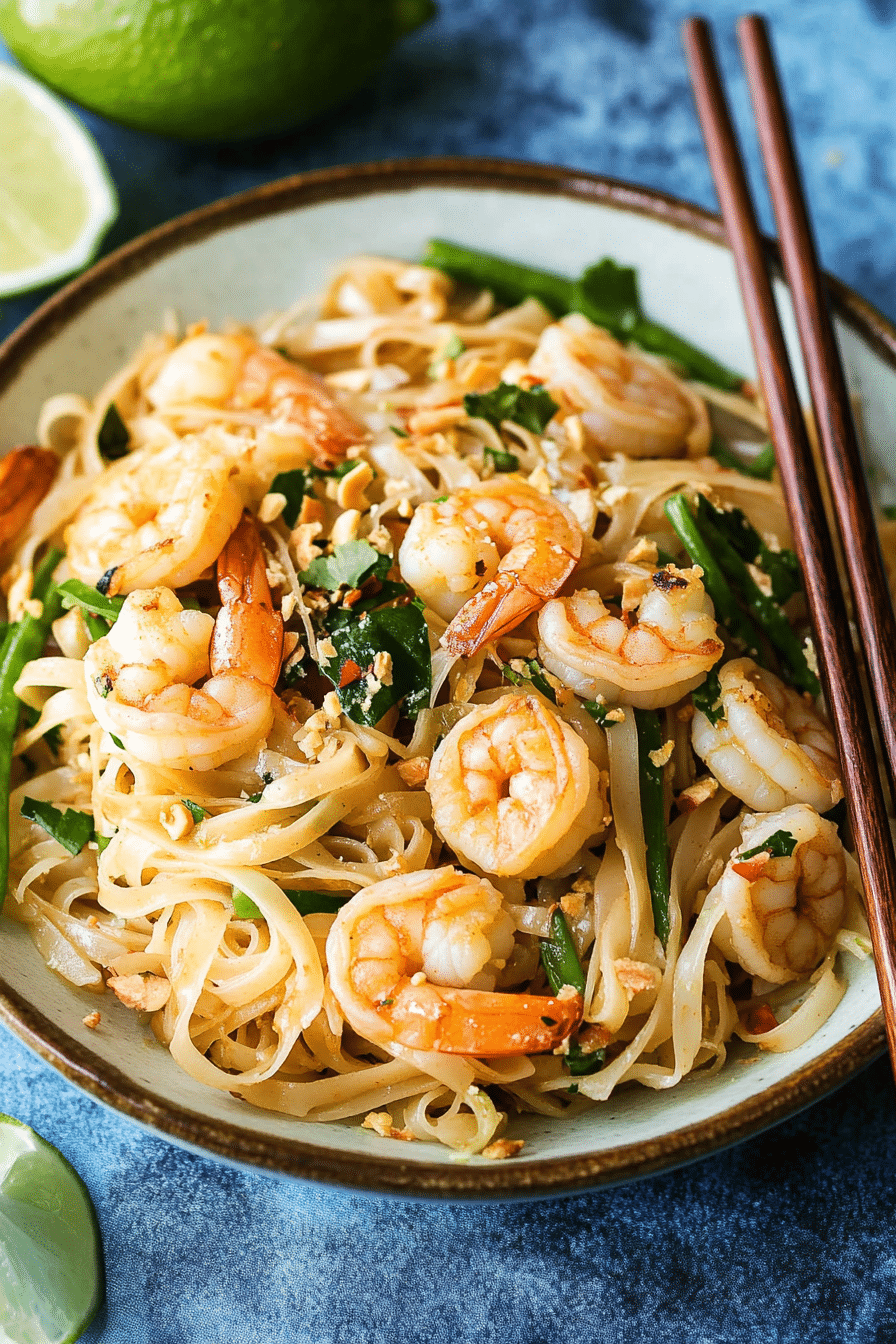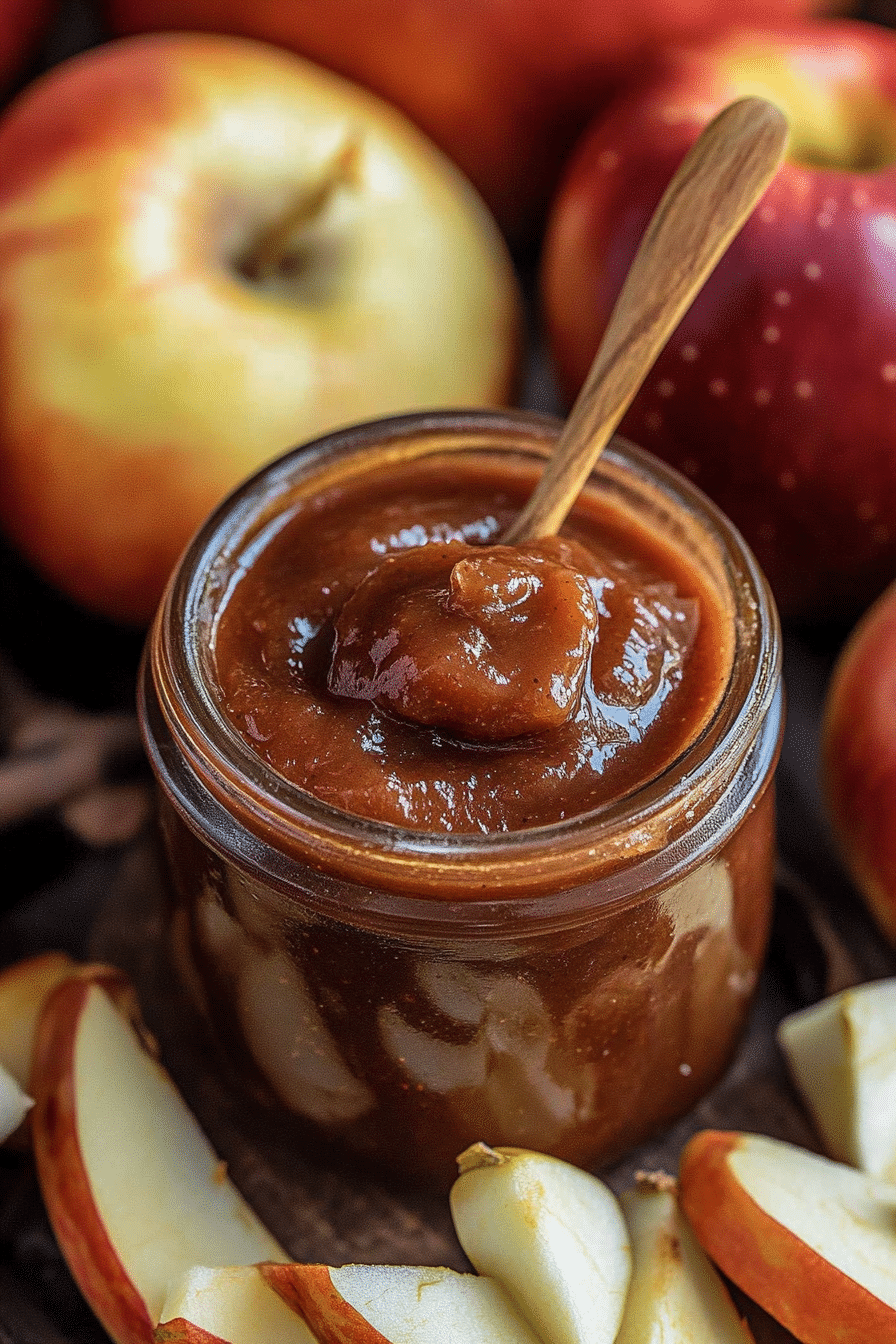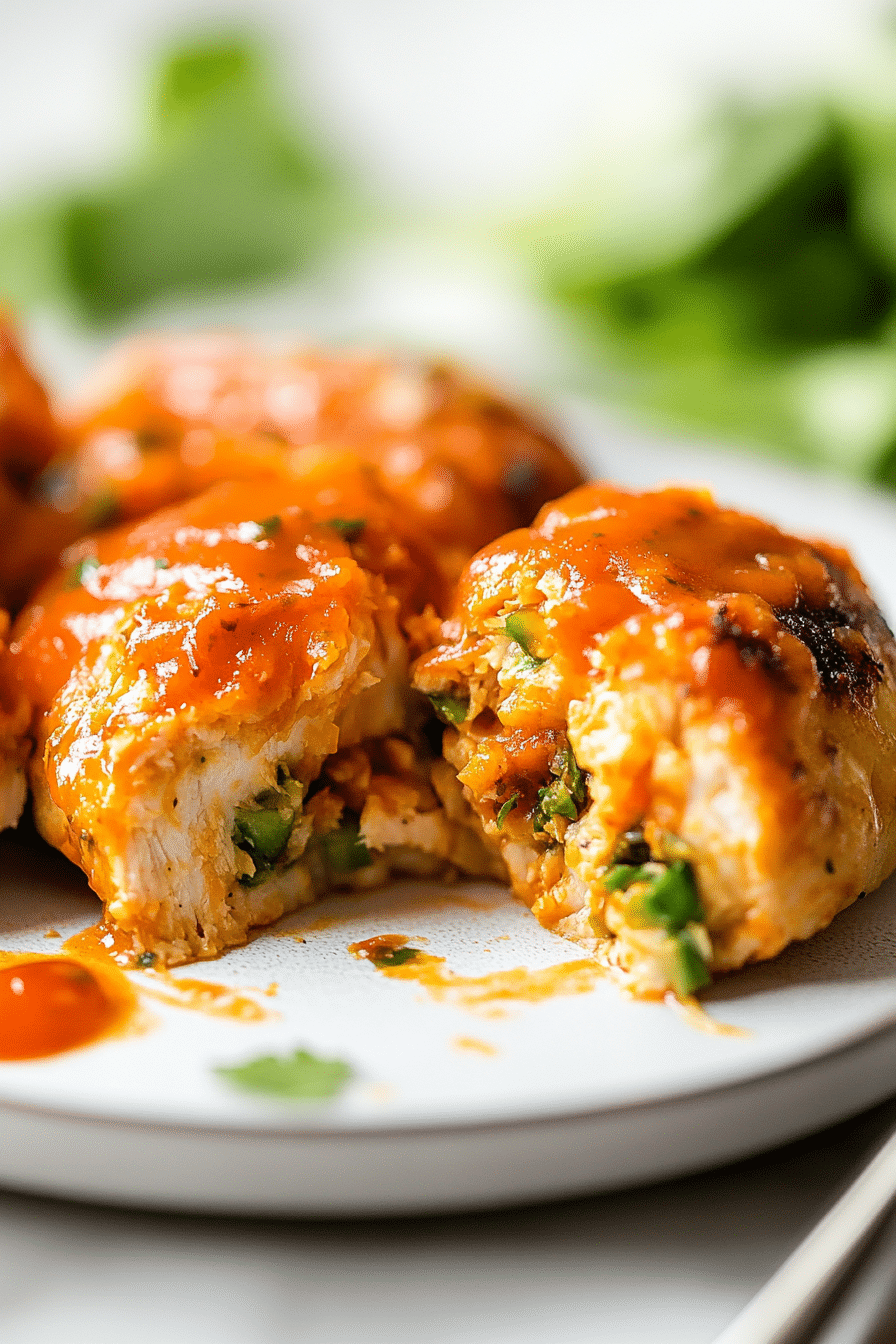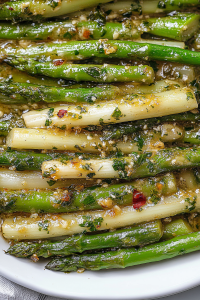Boosting a recipe blog’s visibility is no small feat, but with the right recipe Blog Traffic Strategies, it’s achievable. Our success in April 2018 transformed our blog into a flourishing hub of culinary creativity. The secret lies in strategically utilizing methods that enhance reach and engagement, ensuring not just a spike in traffic but sustained growth. Whether you’re a seasoned blogger or just starting, these insights are invaluable for elevating your recipe content.
Ingredients List
Understanding the elements that make each recipe stand out is crucial. Beyond the preparation, presentation is key. Here’s an engaging breakdown of our indispensable ingredients:
- Fresh, locally-sourced produce for authentic flavors.
- High-quality seasonings to elevate the taste.
- Unique pairings that intrigue the palate.
- Staple pantry items for versatility and ease.
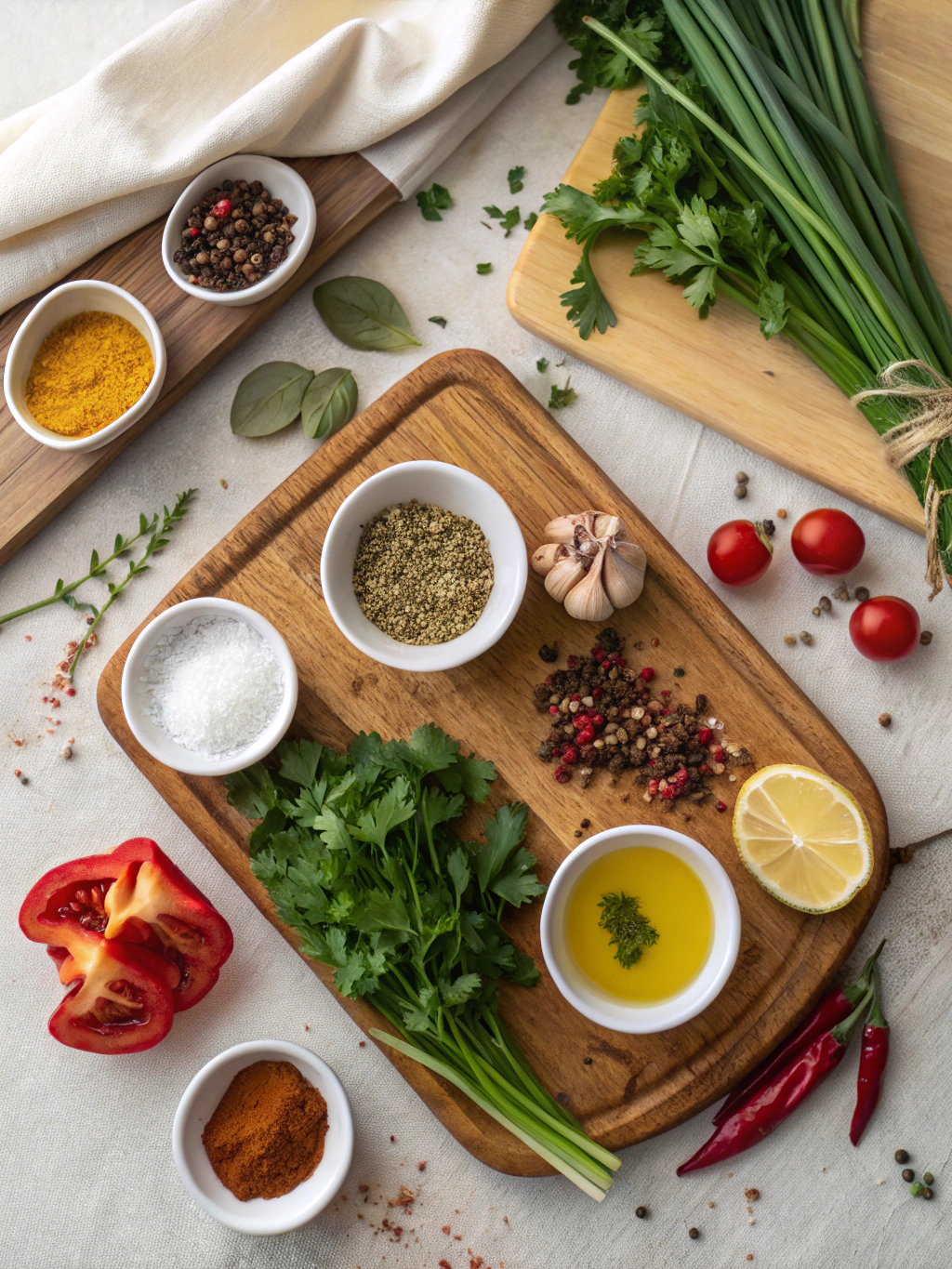
Each ingredient plays a role in not just the dish but the narrative you create around your culinary content. For instance, mentioning the Recipe Blog Traffic Strategies incorporated into choosing ingredients boosts the uniqueness of your recipes.
Timing
Time management is as important in the kitchen as it is in the way you release your content to your audience. Predicting the Best times for posting recipes, based on reader’s habits, maximizes visibility. Get expert insights on Nutrition Advice and Tips to align your release with health-conscious audiences.
When we look at preparation and cooking times, meticulous scheduling ensures efficiency and consistency:
- Preparation Time: Allocate enough time for prepping, usually 15-30 minutes, to ensure ingredients are ready and recipes aren’t rushed.
- Cooking Time: Depending on the complexity, cooking can vary from 30 minutes to over an hour. Tailor your instructions to guide your audience for optimal results.
Notably, aligning the disclosure of your content with analytical insights can emulate cooking precision, making sure your recipes reach your audience when they’re most receptive. Explore Understanding Nutrition 101 to better tailor these insights.
Step-by-Step Instructions
Step 1: Preparation
Begin by gathering all necessary ingredients. Measure and prepare them as needed, ensuring all elements are ready to go. This crucial step reflects the initial process in our Recipe Blog Traffic Strategies. Maintaining an orderly workspace mirrors maintaining an organized strategy for publishing content.
Step 2: Cooking
Heat your preferred cooking vessel and begin with flavor foundations like oils and spices. Allow them to bloom, much like how well-optimized content can bloom on search engines, bringing out hidden notes and potential. Consider Healthy Ingredient Substitutions to further enhance your culinary skills.
Step 3: Incorporating Key Ingredients
Add core elements and allow them to simmer or sauté as required. Stirring occasionally, you’re creating a symphony of flavors—akin to weaving engaging narratives around your blogging journey.
Step 4: Presentation
Once cooked to perfection, consider how the dish is displayed. It should be visually appealing: this parallels how content presentation draws in readers, applying effective blog income report strategies.
Step 5: Final Touches
Add garnishes and final adjustments (salt, pepper) to taste. Unveiling the completed dish can spark curiosity and appreciation just as flawlessly executed content offers value to your audience.
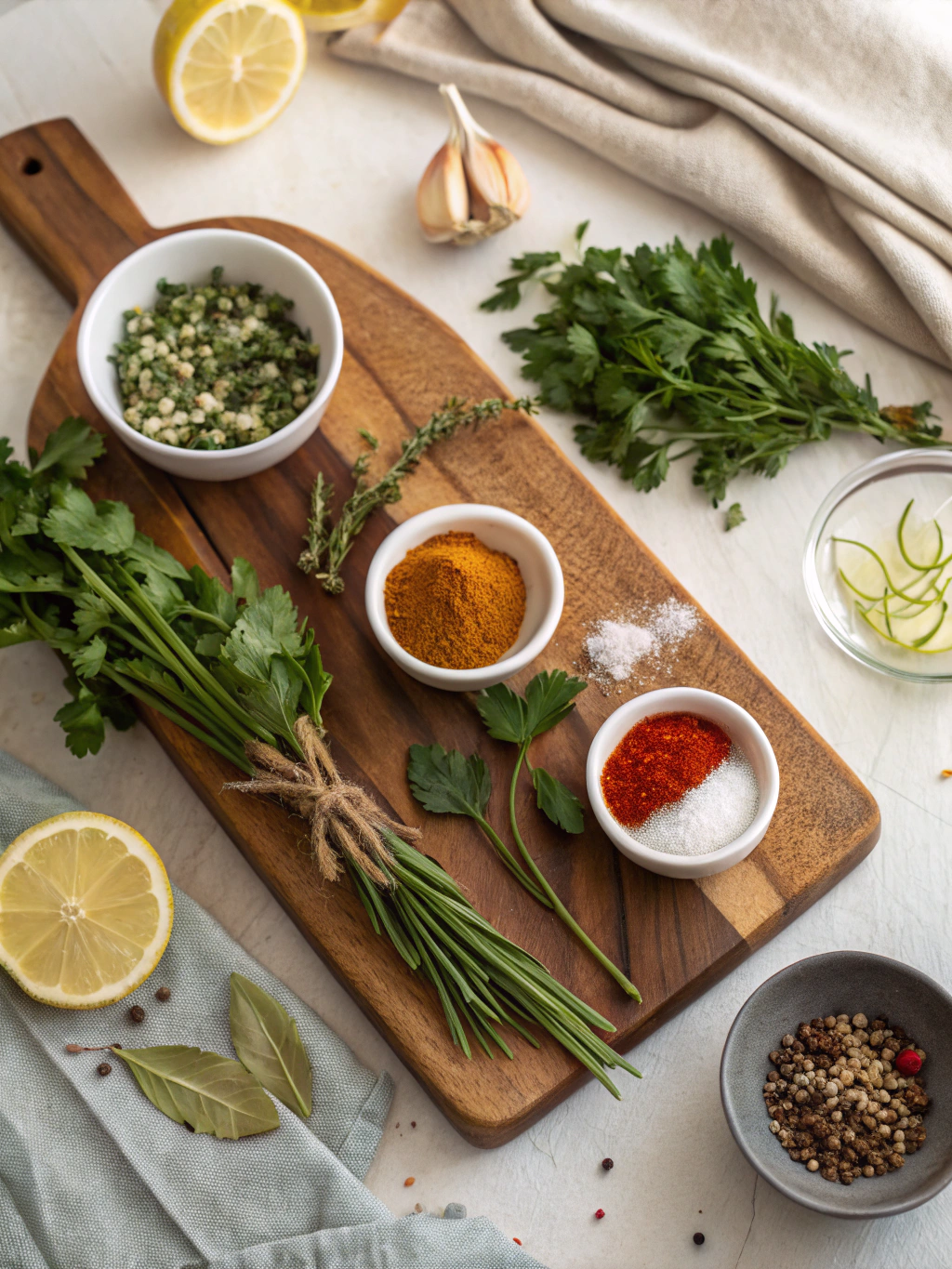
Nutritional Info
Providing nutritional transparency can be a game changer. Highlighting health benefits within your recipes establishes trust and a bond with your audience, particularly those concerned with health impacts. Our inclusion of essential nutrients, balanced macronutrients, and the choice of low-calorie substitutions exemplifies conscious choices tailored to various dietary needs.
Knowing the calorific content, alongside relevant considerations such as sodium and sugar levels, offers readers informed choices. This kind of depth supports strategic campaigns aimed at a health-centric audience, proving advantageous in a crowded food blogging landscape.
Healthier Alternatives
Offering healthier versions of beloved recipes is essential for reaching a wider audience and catering to diverse dietary requirements. Switching white flour for Almond Flour or substituting refined sugar with natural options like agave can prove beneficial. Such adaptations maintain flavor while catering to particular health mandates.
Exploring differences between protein sources, such as opting for plant-based proteins over traditional meats, introduces readers to versatile culinary alternatives aligning with contemporary dietary trends, thereby broadening your appeal.
Serving Suggestions
The serving suggestion is an opportunity to showcase creativity, much like ensuring your content adapts to various reader tastes. Ponder nostalgic pairings like comforting risottos or introducing elements like spicy condiments for an unexpected twist.
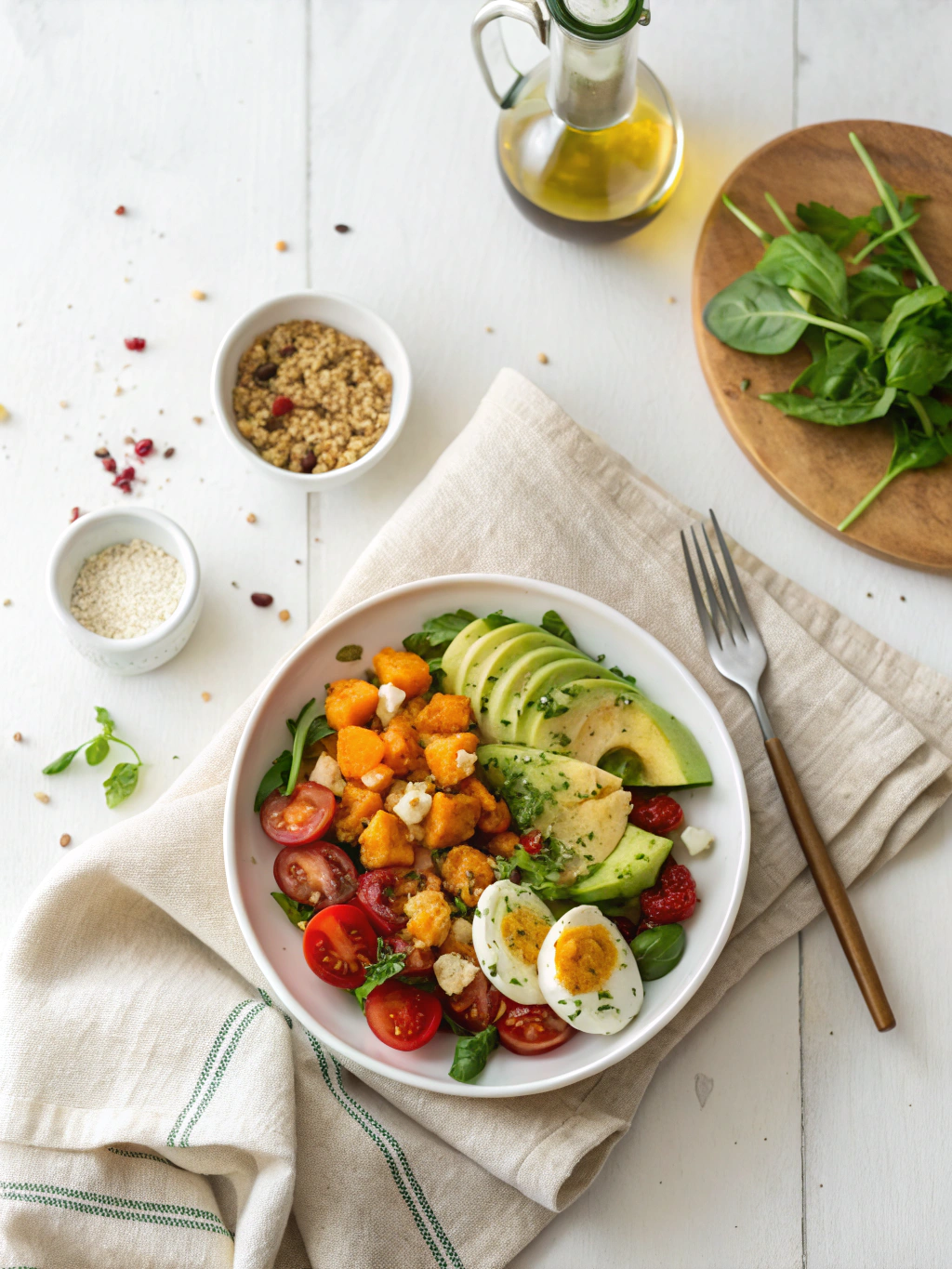
The key is to suggest variations that enhance the dish, offering complementary sides, and beverages. Integrating themes, like seasonal or holiday suggestions, relates the content to upcoming events or seasons, replicating engagement strategies used in successful traffic initiatives.
Common Mistakes to Avoid
Missteps in the kitchen are as common as miscalculations in content planning. Avoid burning spices by adding them too early without monitoring; likewise, avoid keyword stuffing by overuse without control. Balance is essential.
Another frequent issue is misunderstanding ingredient roles. Knowing how elements react during preparation is important. In content, understanding your audience’s preferences is equally crucial to Recipe Blog Traffic Strategies.
Pacing plays a critical role. Rushing a dish leads to incomplete flavors; similarly, hastening content publication might affect clarity or user-engagement quality, analogous to not proofreading strategic content for optimization.
Storing Tips
Appropriate food storage extends shelf-life, just as storing and leveraging content strategically enhances longevity in search rankings. In cooking, using airtight containers to retain freshness is key, akin to ensuring content relevancy through constant updates and enhancements.
Freezing meals in portions, just as segmenting content into digestible reads ensures that users find information accessible, leading to higher retention. Teach your readers the nuances of meal prep and storage, reflecting the organization necessary for Recipe Blog Traffic Strategies.
Conclusion
Our journey through implementing these Traffic Strategies unveils essential insights that have pushed our recipe blog to new heights. From creative content formulation and execution to meticulous timing and health-focused alternatives, each strategy requires commitment to maintain effectiveness.
Emphasizing the interconnectedness of recipe development to content innovations, pursuing a meandering path allows for discovery not just in taste but in online success. By weaving the right elements together, we ensure our recipes and strategies mutually thrive.
FAQs
How did you determine which strategies to implement?
Our approach was guided by data analytics, audience feedback, and ongoing learnings from both successful and unsuccessful attempts. Experimentation and adaptability were key drivers.
What is the single most impactful change you made?
Focusing on targeted SEO strategies and refining our recipe niche allowed us to attract a more specific audience, greatly enhancing engagement and interaction.
How often should content be refreshed?
Regular updates are vital; we recommend revisiting and refreshing content every three to six months to ensure it remains relevant and engaging to your audience.
Can beginners apply these strategies successfully?
Absolutely!

Recipe Blog Traffic Strategies
Ingredients
Main Ingredients
- 1.5 cups All-purpose flour
- 1 cup Granulated sugar
- 0.5 cup Unsalted butter Softened
- 2 Large eggs
- 1 tsp Vanilla extract
- 2 tsp Baking powder
Instructions
Preparation Steps
- Preheat oven to 350°F (175°C). Line a muffin tin with cupcake liners.
- In a large bowl, cream together the butter and sugar until light and fluffy.
- Beat in the eggs one at a time, then stir in the vanilla.
- In a separate bowl, whisk together the flour and baking powder. Gradually add the dry ingredients to the wet ingredients, mixing until just combined.
- Fill cupcake liners about 2/3 full.
- Bake for 18-20 minutes, or until a toothpick inserted into the center comes out clean.
- Let cupcakes cool in the tin for a few minutes before transferring them to a wire rack to cool completely.
Notes
Featured Comments
“Impressed! Clear steps and creamy results. Perfect for busy nights.”
“New favorite here — super easy. crowd-pleaser was spot on.”
“Super easy and turned out amazing! My family asked for seconds. Saving this one.”
“This sweet treat was absolutely loved — the balanced really stands out. Thanks!”
“Made it tonight and wow — so flavorful! Will definitely make Recipe Blog Traffic Strategies again.”
“Packed with flavor and so simple. Exactly what I wanted from Recipe Blog Traffic Strategies.”


